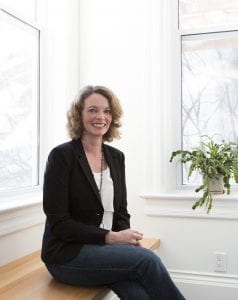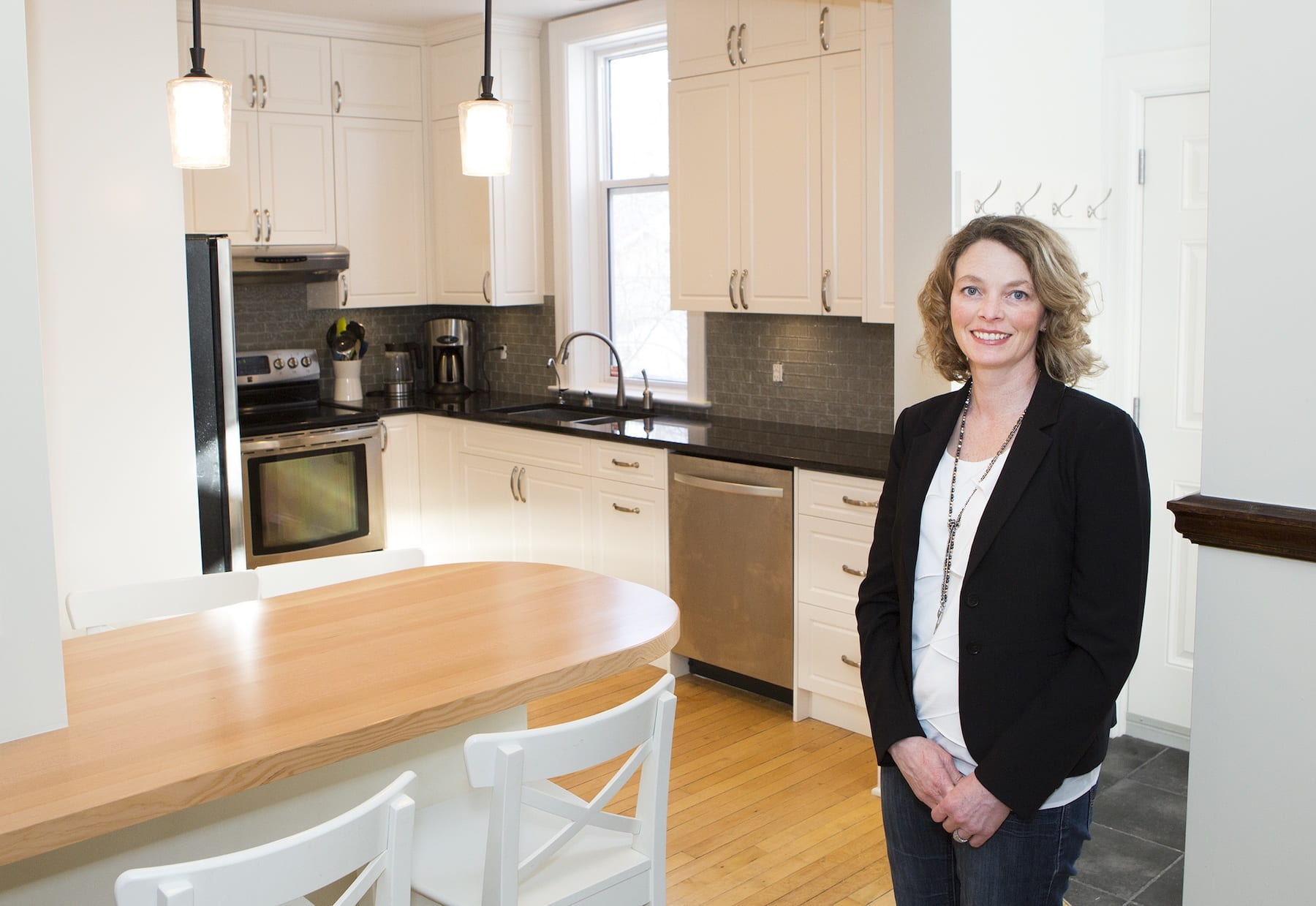Good design is never stagnant – and neither is RRC’s Residential Decorating program!
When’s the last time your work impacted a generation of students? Josephine Pulver has been able to make a difference in just a few short years.
Pulver joined Red River College’s faculty in 2011 as an instructor in Continuing Education’s Residential Decorating program. Since then, she’s implemented the Residential Decorating Practicum, partnered with Palliser Furniture to offer students the opportunity to design for an international company, and introduced two new courses: Decorating Software Applications and Eco-Friendly Décor.
“I think it might be a little bit of an ongoing joke now,” Pulver says of the frequency with which she brings ideas to her department head. But Pulver’s creativity and innovation is students’ gain – especially since RRC prides itself on producing industry-ready grads.
“[The College is] open to creative ideas,” says Pulver. “They’re open to suggestions as to how to move forward with the program. It’s not a stagnant situation.”
Pulver graduated from the University of Manitoba’s Interior Design program in 1995 and has worked in the industry ever since. She felt a practicum would have been beneficial to her own career and wanted to give RRC students the opportunities she didn’t have. Enter the Residential Decorating Practicum, which is brand new this year.
“When we graduated [from university] we didn’t have support from the community at all,” Pulver explains. “It’s hard to get your foot in the door to meet people. A practicum really helps a student because even if they don’t get a position where they’re placed, they’ve met people, they’ve seen how the industry works, and they have a reference.
The Palliser project is also new this year, and will hopefully prove to be an invaluable opportunity. In the final term of the Residential Decorating program, students will be tasked with creating a display booth for Palliser Furniture.
“I think it’s really important for students to actually work with real clients,” Pulver explains.
Students will meet with a representative from Palliser and design a booth based on the client’s needs. Palliser will choose one booth each year to build and use for furniture display purposes.
“It’s really exciting for students because they’ll get to see their work come to life, which is a very rewarding experience in design.”
The Decorating Software Applications course was designed to give students the computer skills to create 3D spaces, draw floor plans, arrange furniture and decorate rooms. The software program used in the course is compatible with AutoCAD and is a recognized standard in the cabinet-making industry.
“The training will allow students to pick up any drawing program when they have graduated,” Pulver says. “I felt it was important for students to be able to apply what they have learned in drafting to the computer. Most companies are using some form of computer-aided design in Winnipeg.”
 The Eco-Friendly Décor course outlines the principles of sustainable development and design and discusses the decorator’s role in sustainability.
The Eco-Friendly Décor course outlines the principles of sustainable development and design and discusses the decorator’s role in sustainability.
“Re-using is really the most sustainable approach to decorating – for example, if you were to look at going to vintage stores,” Pulver says. “If you were to buy something, you’d look at where a product is coming from, how it was made, [and] if the companies that are providing these products are certified and following environmental regulations.”
Class discussions go beyond eco-friendly décor and look at sustainable building in general.
“One of the best examples of a sustainable building is the igloo. It provides a home and conserves an ecological balance by not depleting natural resources,” says Pulver. “Sustainable buildings give us hope for our future. One example of a new sustainable building in Winnipeg is the Manitoba Hydro building.”
Pulver enjoys working with RRC students; before becoming a designer she toyed with the idea of being a teacher, so landing at RRC seemed natural.
“I really love the feedback that I get from students. It’s an interesting process – and obviously very different than interior design.”
For more information on Josephine Pulver’s interior design work, click here.
Profile by Stacy Cardigan Smith (Creative Communications, 2006)

